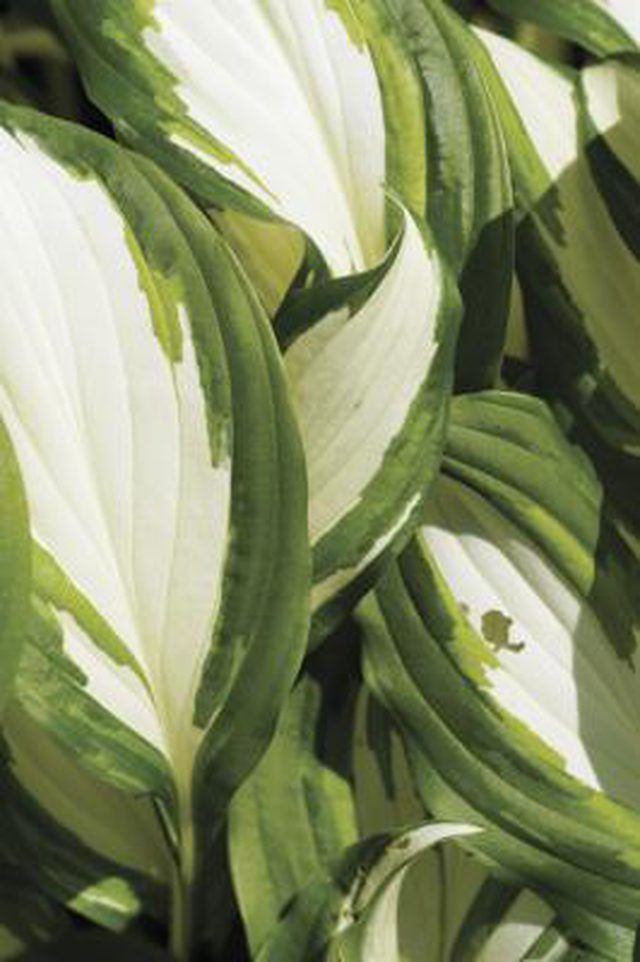Bulbs
Flower Basics
Flower Beds & Specialty Gardens
Flower Garden
Garden Furniture
Garden Gnomes
Garden Seeds
Garden Sheds
Garden Statues
Garden Tools & Supplies
Gardening Basics
Green & Organic
Groundcovers & Vines
Growing Annuals
Growing Basil
Growing Beans
Growing Berries
Growing Blueberries
Growing Cactus
Growing Corn
Growing Cotton
Growing Edibles
Growing Flowers
Growing Garlic
Growing Grapes
Growing Grass
Growing Herbs
Growing Jasmine
Growing Mint
Growing Mushrooms
Orchids
Growing Peanuts
Growing Perennials
Growing Plants
Growing Rosemary
Growing Roses
Growing Strawberries
Growing Sunflowers
Growing Thyme
Growing Tomatoes
Growing Tulips
Growing Vegetables
Herb Basics
Herb Garden
Indoor Growing
Landscaping Basics
Landscaping Patios
Landscaping Plants
Landscaping Shrubs
Landscaping Trees
Landscaping Walks & Pathways
Lawn Basics
Lawn Maintenance
Lawn Mowers
Lawn Ornaments
Lawn Planting
Lawn Tools
Outdoor Growing
Overall Landscape Planning
Pests, Weeds & Problems
Plant Basics
Rock Garden
Rose Garden
Shrubs
Soil
Specialty Gardens
Trees
Vegetable Garden
Yard Maintenance
How to Grow and Care for Hostas
How to Grow and Care for Hostas. Hostas are foliage plants that provide borders for your garden or sidewalks. Best planted in dappled to partial shade, hostas are perennials that will go well with just about any flowering plant. They require little maintenance and can be planted in the spring as bare root plants or transplanted from pots.

Hostas are foliage plants that provide borders for your garden or sidewalks. Best planted in dappled to partial shade, hostas are perennials that will go well with just about any flowering plant. They require little maintenance and can be planted in the spring as bare root plants or transplanted from pots.
Things You'll Need
Shovel
pH test kit
Bucket, as needed
Compost
Peat moss, as needed
Rake
Clear a location that receives at least partial shade. Hostas can take some sun, but do not thrive either in all day sun, or complete shade, according to Ohio State University Extension. The site should have soil that drains well and has slightly acidic soil, about 6.5 on the pH scale.
Incorporate a 6-inch layer of organic matter such as compost or decomposing leaves into the new bed. Either dig or till the compost into the soil to a 10- to 12-inch depth. Add peat moss if your site needs to be slightly more acidic.
Soak the fleshy roots of bare-root hostas in a bucket of water for at least 30 minutes before planting. Tease the roots of pot-bound nursery stock apart with your fingers after removing them from the pot.
Dig planting holes at least 1 foot deep and twice as wide as the hosta's root ball, and 18 t 24 inches apart. Mound soil up in the bottom of the hole and spread the roots of a bare-root hosta around the cone of soil. Add soil to the bottom of the hole to bring a potted hosta up to the level of surrounding soil. in both cases, the crown of the plant, where the leaves grow from the roots, should be at surface level. Fill in soil around the plants.
Water newly planted hostas well and provide at least an inch of water per week. Regular watering in the morning is recommended by OSU Extension, particularly during the summer months.
Fertilize with a balanced, slow-release fertilizer early in the season or a foliar fertilizer every seven to 10 days, according to manufacturer instructions.
Monitor hostas for signs of slug or snail damage -- small, irregular holes in the leaves and slime trails. Keep the area clear of leaf litter and other debris the mollusks can hide under. Protect the plants with rings of copper flashing or hand pick the snails at night to eliminate them.
Divide hostas when they outgrow their spot or their center begins to die out. Simply dig the plant up as shoots begin to emerge in the early spring and slice vertically from crown to roots with a sharp spade to divide the hosta into two to four pieces and replant each, as noted.
Tips & Warnings
Hostas are a good companion to spring bulbs as their growing foliage hides the foliage of bulb plants as they fade.